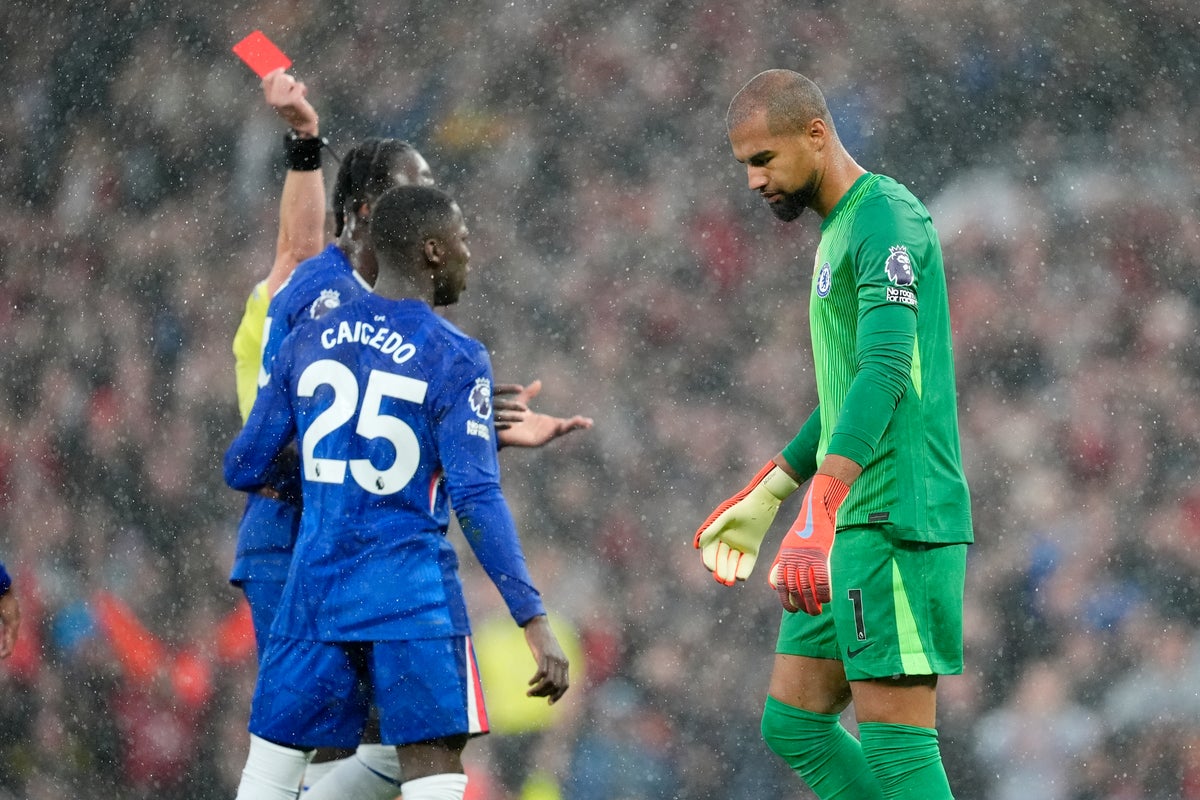“Darling, isn’t it beautiful, an American tourist says, turning to his partner, who appears to be failing in an attempt to take a panoramic picture on her iPhone.
Sporting a visor hat teamed with a bum bag around his waist, the man stands open-mouthed while taking in the visual delights of Bibury as he stands on a now-iconic three-arched stone bridge crossing the River Colm at the village’s heart.
On the last Friday of the summer, the tourist, along with hundreds of other enthusiastic visitors, are being treated to warm afternoon sunshine that beams off the rows of honey-hued cottages along the narrow streets.
A century ago, the future Japanese emperor Hirohito, so enthralled by the calm and charm of the Cotswold village, declared it a “sacred place”. Not so long before, English textile designer, poet and artist William Morris described it as the “most beautiful village in England”.
And this month, seemingly not wanting to be outdone, American business magazine Forbes proclaimed the community of just 600 people the “most beautiful village in the world” – a good thing for locals, right?
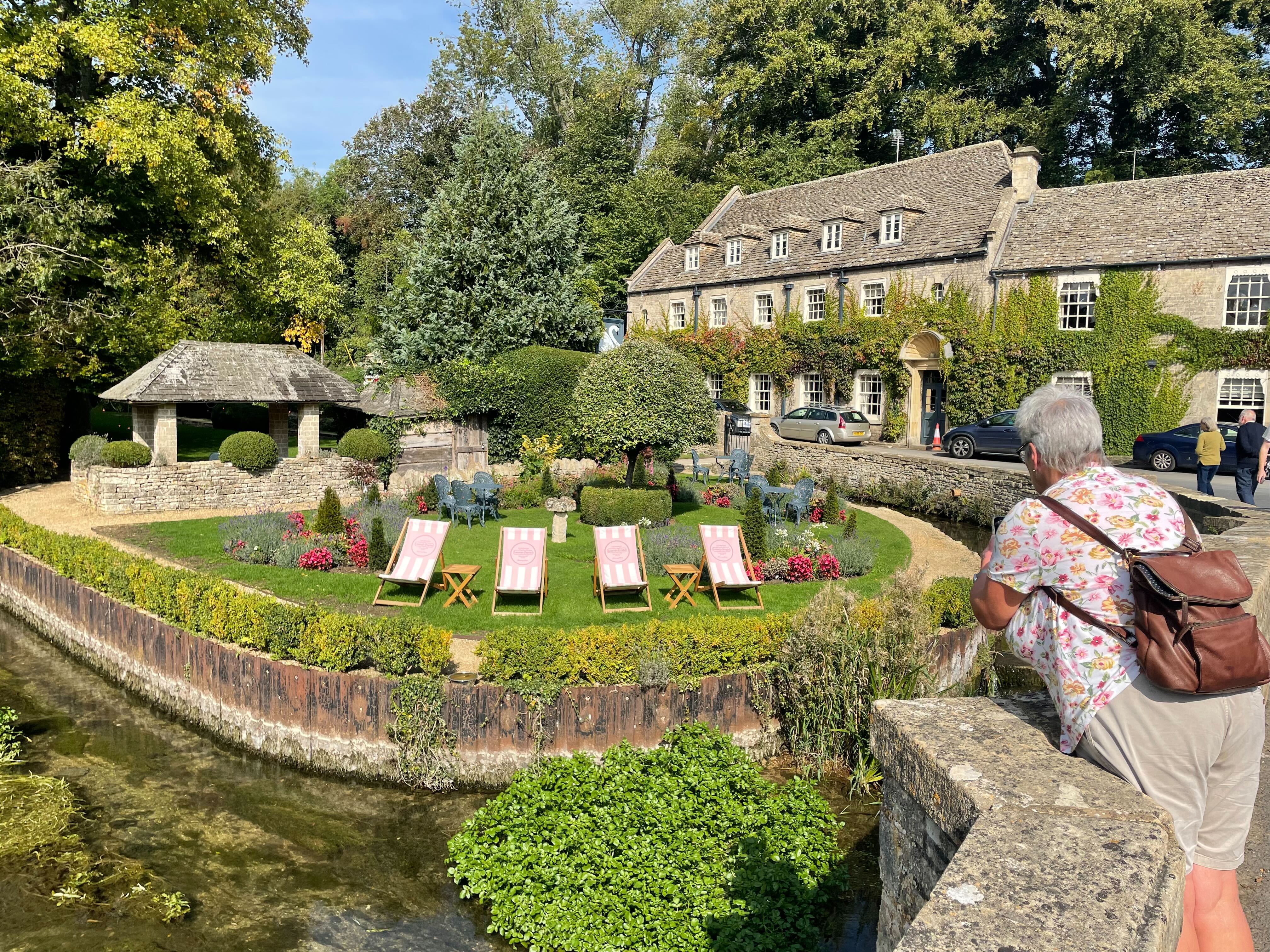
“My heart sank,” says parish council chairman Craig Chapman. “Whilst we are not anti-tourists, this will only bring more tourists just at a time we are working to get the right balance between the number of tourists and villagers.”
Mr Chapman moved into the community with his wife from nearby Chipping Campden during the Covid pandemic. “I really didn’t know Bibury, I didn’t know the situation,” he recalls.
Standing near the line of tourists walking by, he pulls out an A4 folder packed with clear sleeves showing pictures of inconsiderate parking, damage to stone walls and tells of how a coach driver even assaulted a villager.
The problem, Mr Chapman says, is the number of tours arriving in larger coaches – some 25 a day, according to a council survey in January – which he says block the roads and drop off short-stay tourists, who mostly stay only for an hour and offer little financial benefit to the businesses.
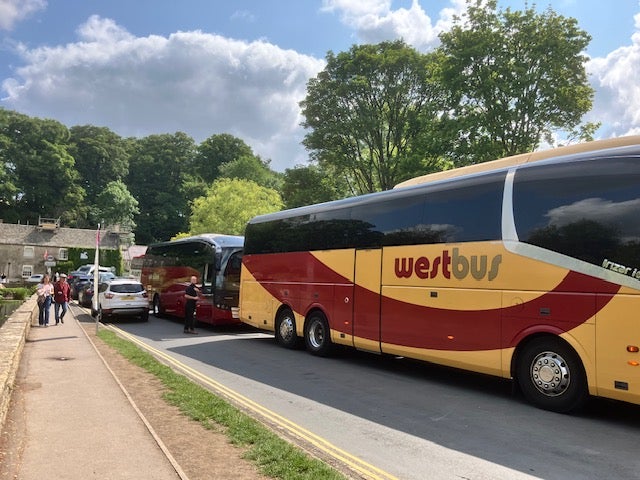
One Sunday, the local vicar had to ditch his car and run to the village’s St Mary’s Church to make his service, so bad was the traffic.
The number of tourists, he says, has soared in recent years, partly due to the rise in influencers on social media who share pictures of Bibury across the world. Some posts are distorted, he claims, to include images from other Cotswold villages.
“We’re a small village, we know it’s beautiful here, but we just feel that no one here is benefiting from the overtourism we are seeing at present. It’s got to a point where the residents are suffering, and we want things to change.”
Efforts are taking place to manage the traffic. Rather unsightly red and white temporary bollards have closed off coach-parking bays at the centre of the village. Instead, two drop-off points for coaches have been set up, both policed by a parking official.
On Friday, it seems to be taking effect, with 15-metre coaches stopping only briefly to allow the tourists, with their smartphones aloft, off. “They [coaches] go off, park at a roundabout for 20 minutes, then come back to pick them [tourists] up again,” explains Mr Chapman.
Meanwhile, Gloucestershire County Council, which is behind the trial traffic scheme that ends this month, is encouraging visitors to arrive in smaller vehicles and even consider other “fantastic places” to go to in the Cotswolds.
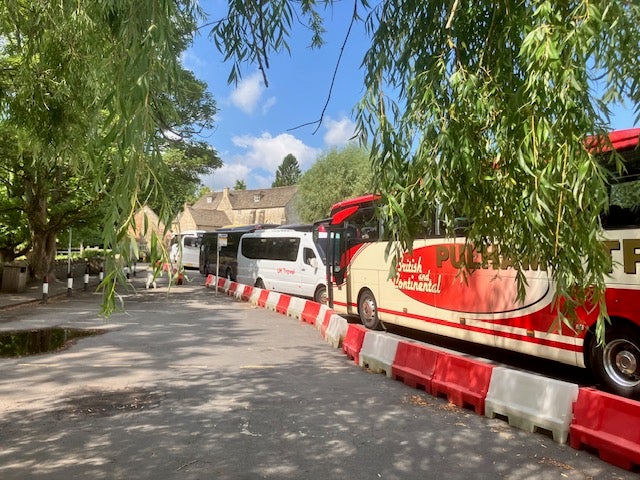
But Mr Chapman wants the county council to go further and ban larger coaches completely from the village. “The larger coaches bring large groups that don’t spend a lot of time in the village and they don’t spend a lot of money; all they do is bring volume,” he says.
It’s not just coaches that are the problem, however. All in the village agree that the influx of tourists creates an issue over parking.
With only a couple of small car parks, which charge visitors £9 a day, motorists seek out street parking, some illegally on double yellow lines, while others park up outside villagers’ homes.
The array of languages overheard – from French to Japanese – is the first clue that many of the motorists parking up along side streets aren’t local.
“It’s ridiculous,” says Frank, a worker who returns to his house to find a tourist has parked an SUV outside, despite the positioning of “no parking” traffic cones.

“Get it all the time, I’ve had enough,” he bemoans, before questioning the motorist as they return to their car.
Pointing at a small window, he continues: “One day I was inside, and I looked up and saw a man poking his head inside the window, then telling someone, ‘oh, there is someone inside,’ before another person came and took a look.
“You want a little consideration and respect for people living here.”
Also outside the school, as parents came to pick up their children, one mother claims her two-year-old was almost knocked over by a car in the village.
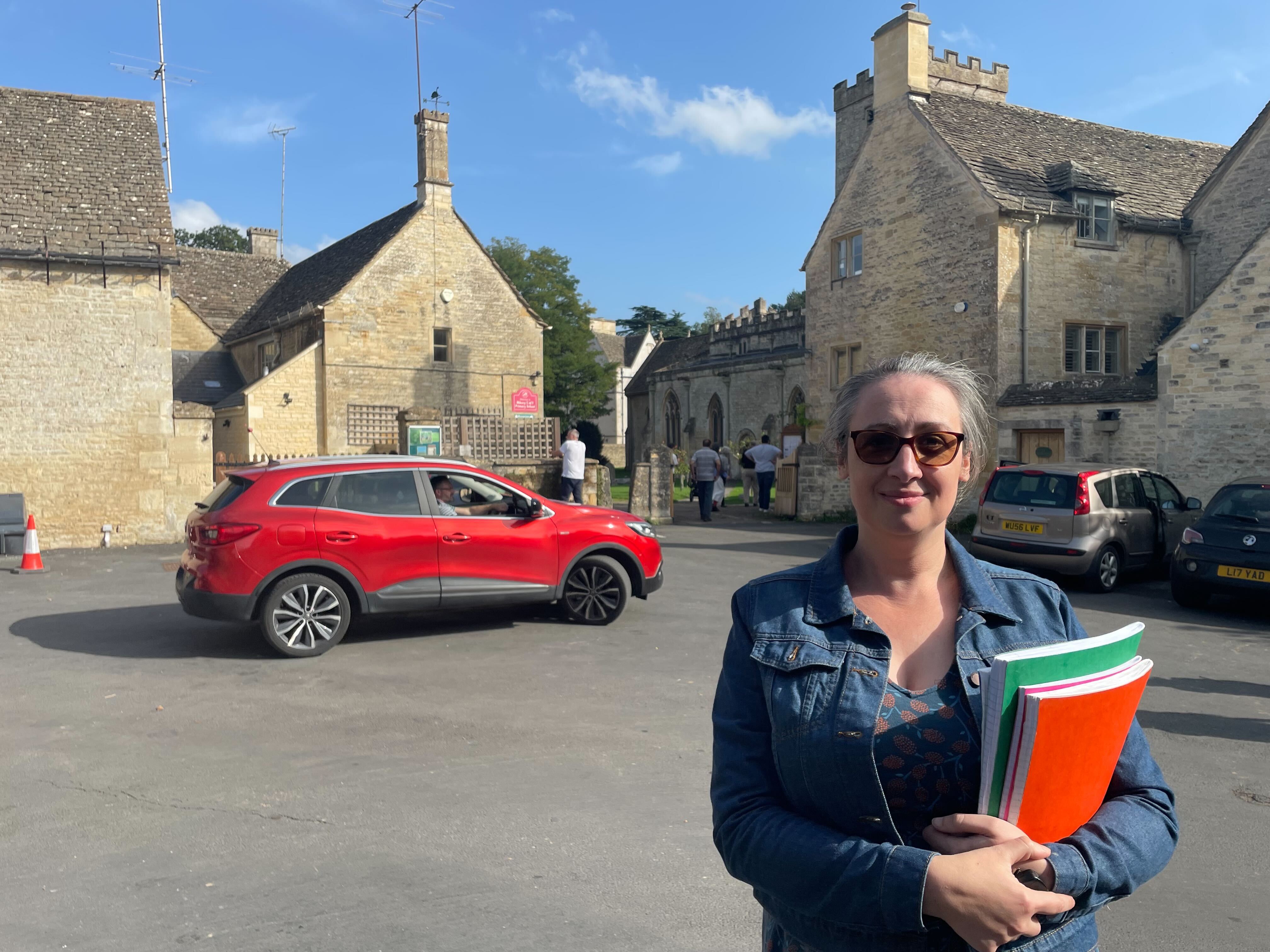
Another mother, Lucy Lawrence, 43, says: “The tourists, they come here in droves and treat the village like a theme park.”
Parking is not only an issue for the school parents at pick-up, it is also for businesses, with the village home to two pubs, a trout farm, and an arts and crafts cafe.
Lady Anne Evans, owner of Eleven Bibury cafe, says the solution is to open a car park on a field outside the village, accommodating visitors and relieving pressure on the streets.
Her business is opposite arguably the biggest attraction in the village; Arlington Row, a row of 14th-century stone gabled cottages, said to be one of the most photographed terraces of cottages in the country.
At odds with Mr Chapman, Lady Anne says the community’s beauty should be celebrated and shared, not “gated” from the outside public.
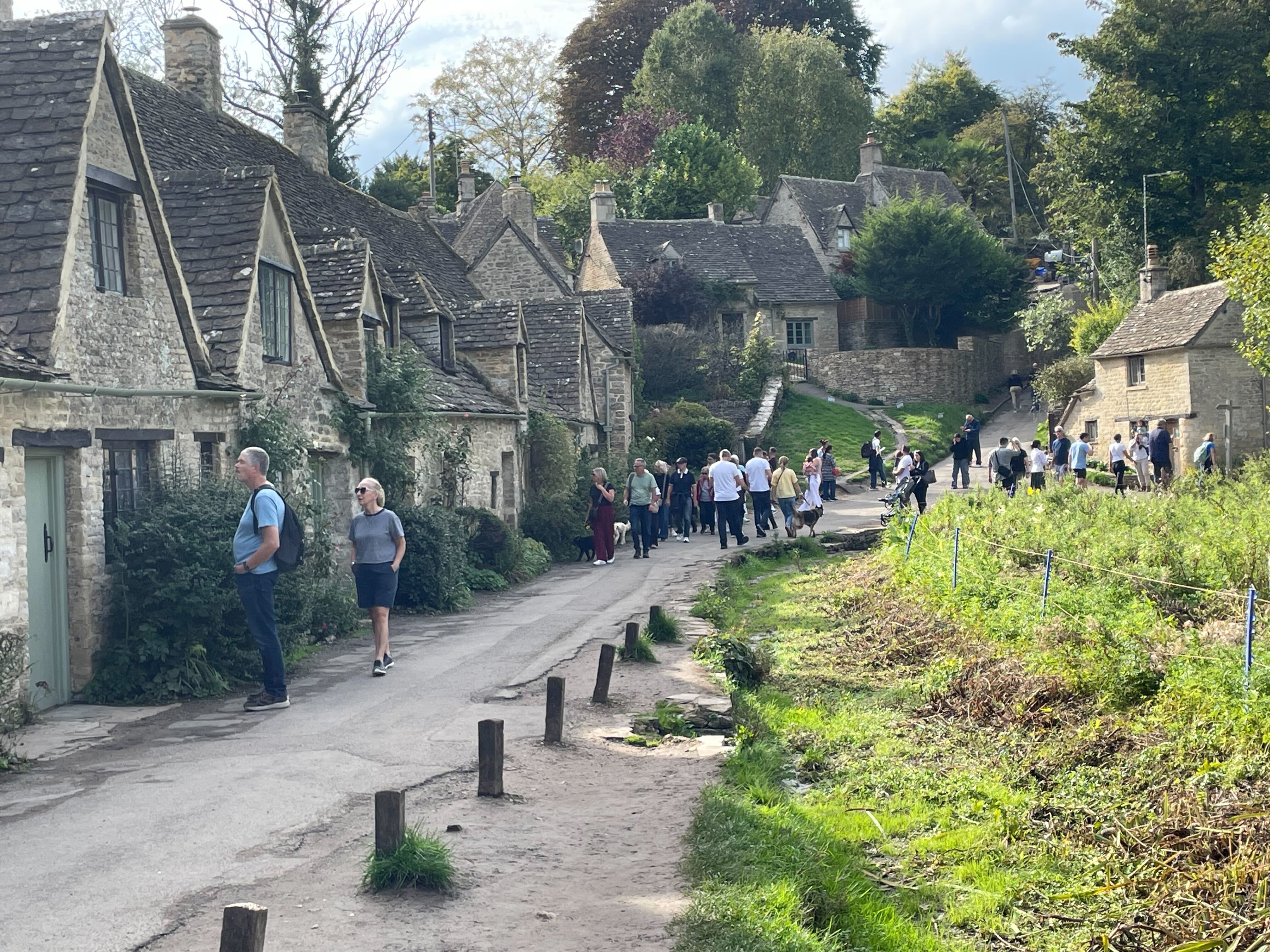
“In times gone by, this village has been rightly recognised for its beauty and charm,” she says. “Why would we not want that, and to stop people enjoying where we live. It’s a free country.”
In agreement are American tourists Bruce and Lisa Taber, who arrived on a £135 coach tour from London, after a visit to Stonehenge the day before.
“I get the issue with the buses,” says Bruce, 65, “But then they bring in revenue, and people like us who can enjoy its beauty. It is so charming and relaxing, we love it, even if we are here for a short time.”
A Canadian tourist, overhearing the conversation, adds: “What do they [residents] expect if they choose to live in a place like this?”
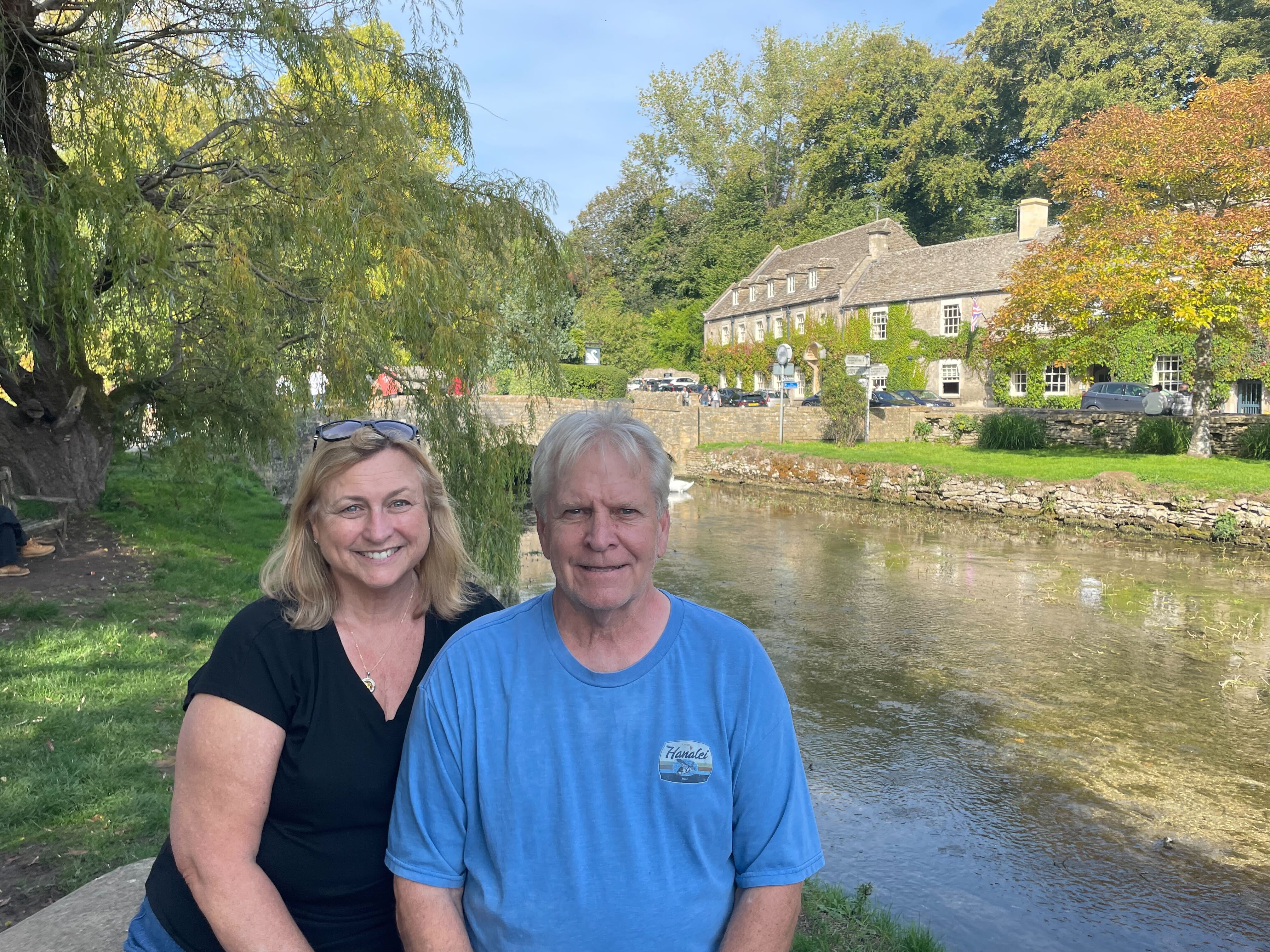
As dusk falls on the village, the throngs of tourists slowly disperse into waiting coaches and into cars.
Staff at the ivy-clad Swan Hotel, where a pint of Peroni costs £7.05, take the quiet time to talk over the rota, and look ahead to yet another busy day when the sun comes up again.
“The fact is that Bibury is an internationally renowned beauty spot, and people want to visit it,” concludes Lisa Spivey, leader of the county council.
“The over-tourism phenomenon is experienced in many places globally and is not easily fixed, as highlighted by protests recently in Barcelona and Mallorca.
“The Cotswolds, and Gloucestershire as a whole, have many, many fantastic places to visit, and we’d encourage visitors to check out the offering in other parts of the county, and that if Bibury is on your list, to visit in a smaller vehicle more suited to the historic narrow street.”
